1. Not all cases of pink eye ARE conjunctivitis
The sclera(outer white part), and inner eyelids are covered in the thin, loose, translucent membrane called conjunctiva.
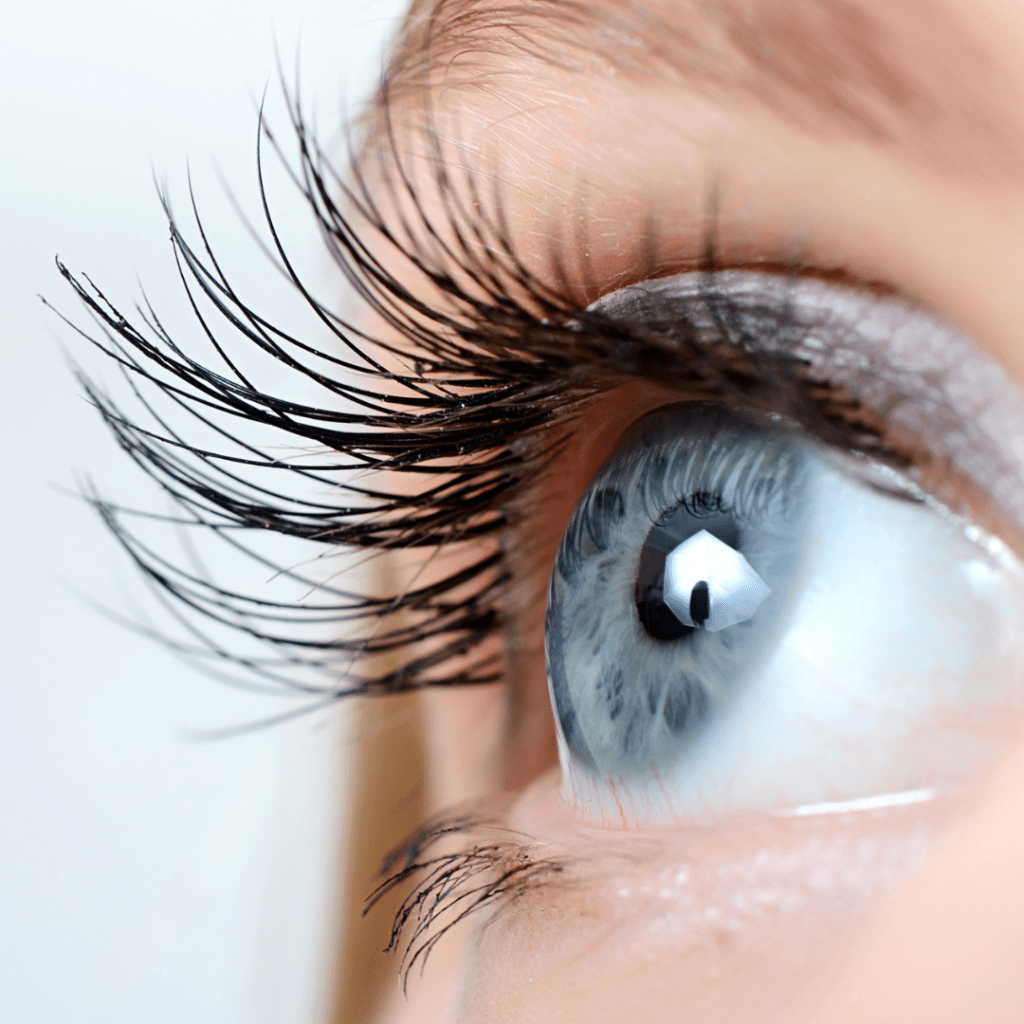
Conjunctivitis is an infection or inflammation of the conjunctiva that is characterised by dilated conjunctival vessels (conjunctival injection) and redness. These blood vessels could also leak fluid, which would result in conjunctival swelling and discharge.
Pink eye is not conjunctivitis rather it is one of the many symptoms of conjunctivitis. Other eye diseases like dryness, blepharitis, acute angle closure glaucoma, anterior uveitis can also manifest as pink eye.
Conjunctivitis must be distinguished from other sight-threatening eye conditions with a similar clinical presentation in order to properly decide whether to proceed with additional testing, treatment, or referral.
2. Not all cases of conjunctivitis are contagious.
Bacteria and viruses are the most prevalent infectious agents that can spread through direct or indirect contact with an infected person.
Conjunctivitis that is not contagious includes allergic, toxic, and cicatricial conjunctivitis as well as inflammation brought on by immune-mediated illnesses and neoplastic processes.
The most frequent cause of infectious conjunctivitis overall is viral conjunctivitis, while allergic conjunctivitis is a common cause of non-infectious conjunctivitis.
3. Uncomplicated conjunctivitis resolves on its own.
Treatment for viral conjunctivitis is typically not necessary beyond conservative measures like lubricating eye drops and cold compresses. The presentational symptoms and signs can vary but usually resolves within 2 weeks. Steroids must be started when the cornea becomes involved in severe cases such as HSV (Herpes simplex virus) and EKC (Epidemic Keratoconjunctivitis) conjunctivitis.
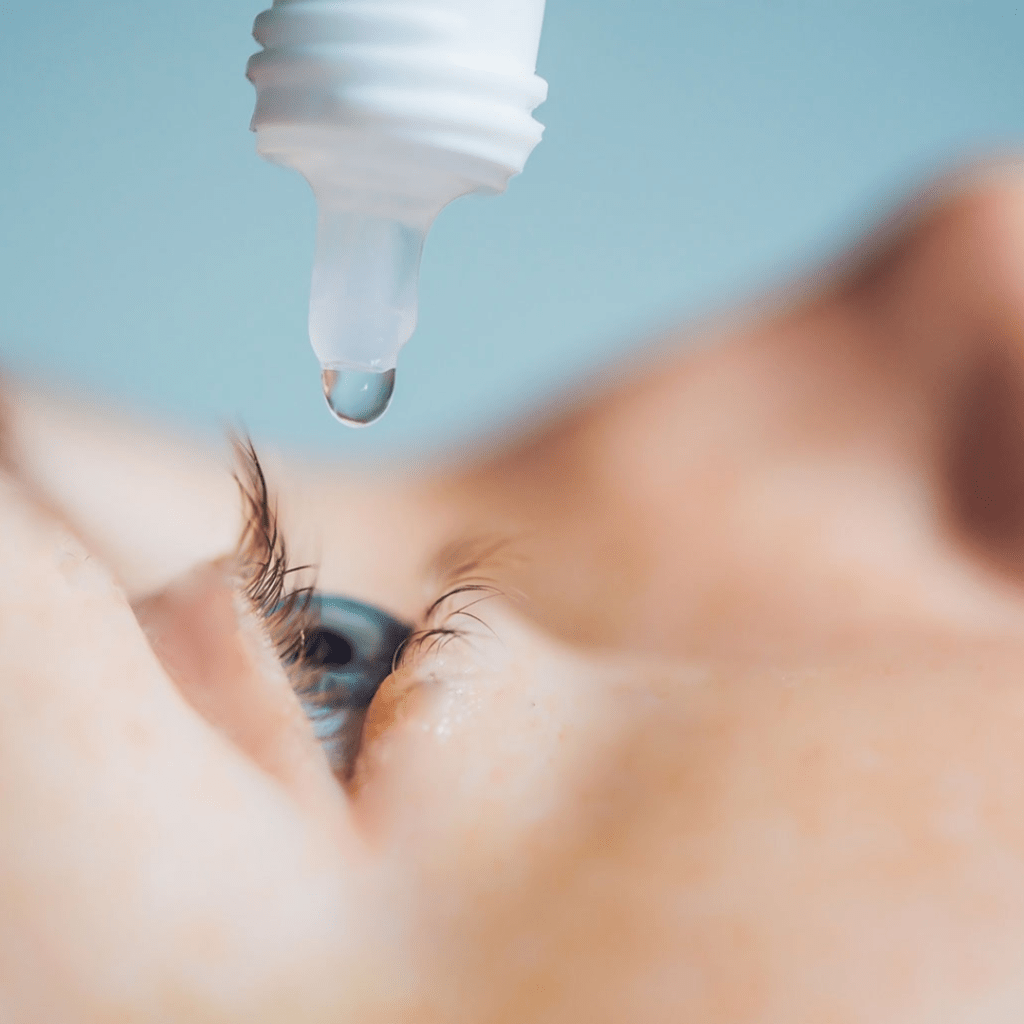
In most cases of bacterial conjunctivitis, there is no need for treatment because the condition usually resolves on its own within 1 week. Bacterial conjunctivitis can be treated with topical antibiotics, which allows for an earlier return to normal life. To prevent corneal involvement, systemic antibiotic and steroid therapy should be used in conjunction with topical treatment to treat conjunctivitis caused by Gonorrhoea, Chlamydia, and conjunctivitis in people who wear contact lenses.
The most typical symptom of allergic conjunctivitis is itching. Only a small portion of these individuals, though, seek medical attention. Treatment for allergic conjunctivitis includes lubricating eye drops, cold compresses, topical antihistamines, and mast cell inhibitors. Patients are strongly advised not to rub their eyes.
4. SYMPTOMS OF CONJUNCTIVITIS:
There are three prevalent types of conjuntivitis:
Viral
Bacterial
Allergic
The following are typical symptoms of:
VIRAL CONJUNCTIVITIS:
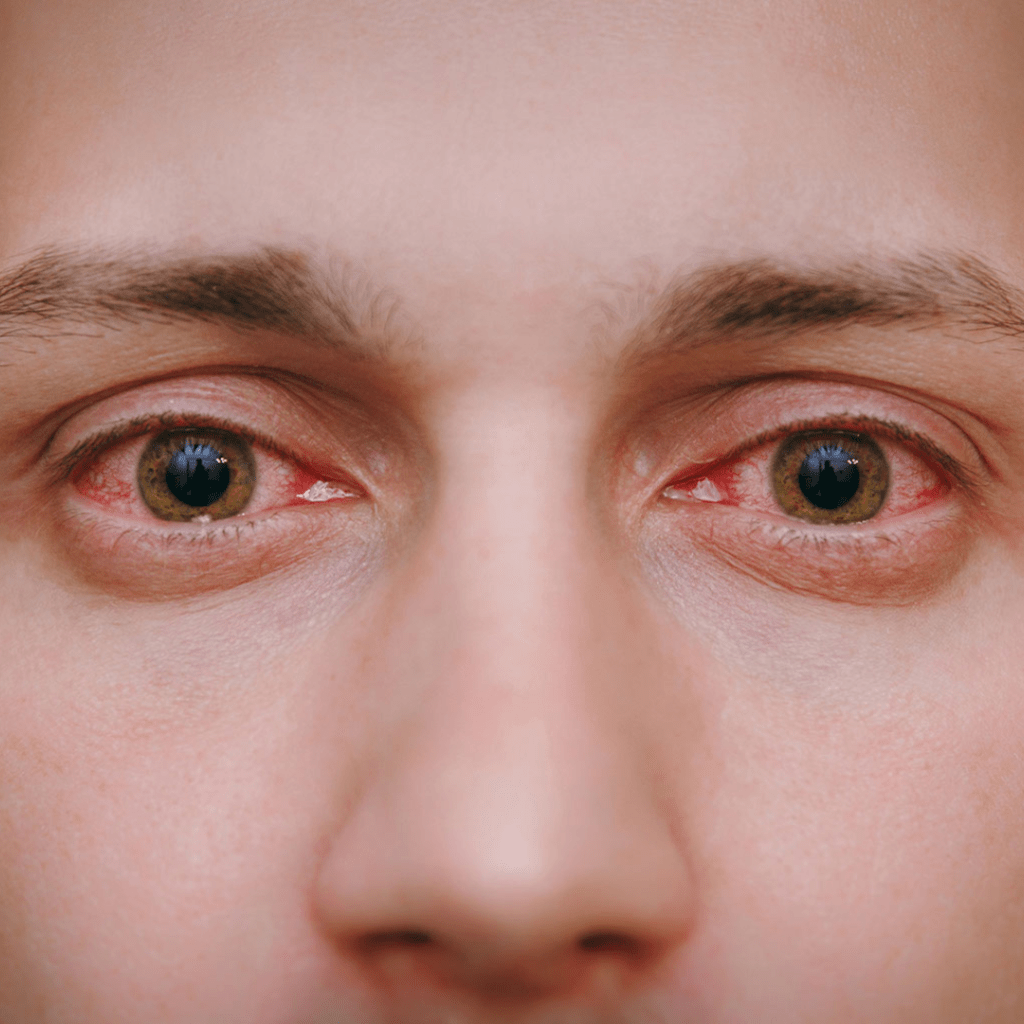
- It usually affects just one eye, but it can affect both
- Eye redness
- Follicles seen in palpebral conjunctiva are more prevalent in viral.
- Itching
- Tearing
- Foreign body or a scratchy feeling
- Watery discharge
- Eyelid stickiness, especially in the morning, not as bad as when there is bacterial infection.
- Lymphadenopathy of the preauricular (in front of the ear) lymph node that is tender and swollen
- Eye pain in case of infection with HSV
- Can have associated URTI(upper respiratory tract infection)
BACTERIAL CONJUNCTIVITIS
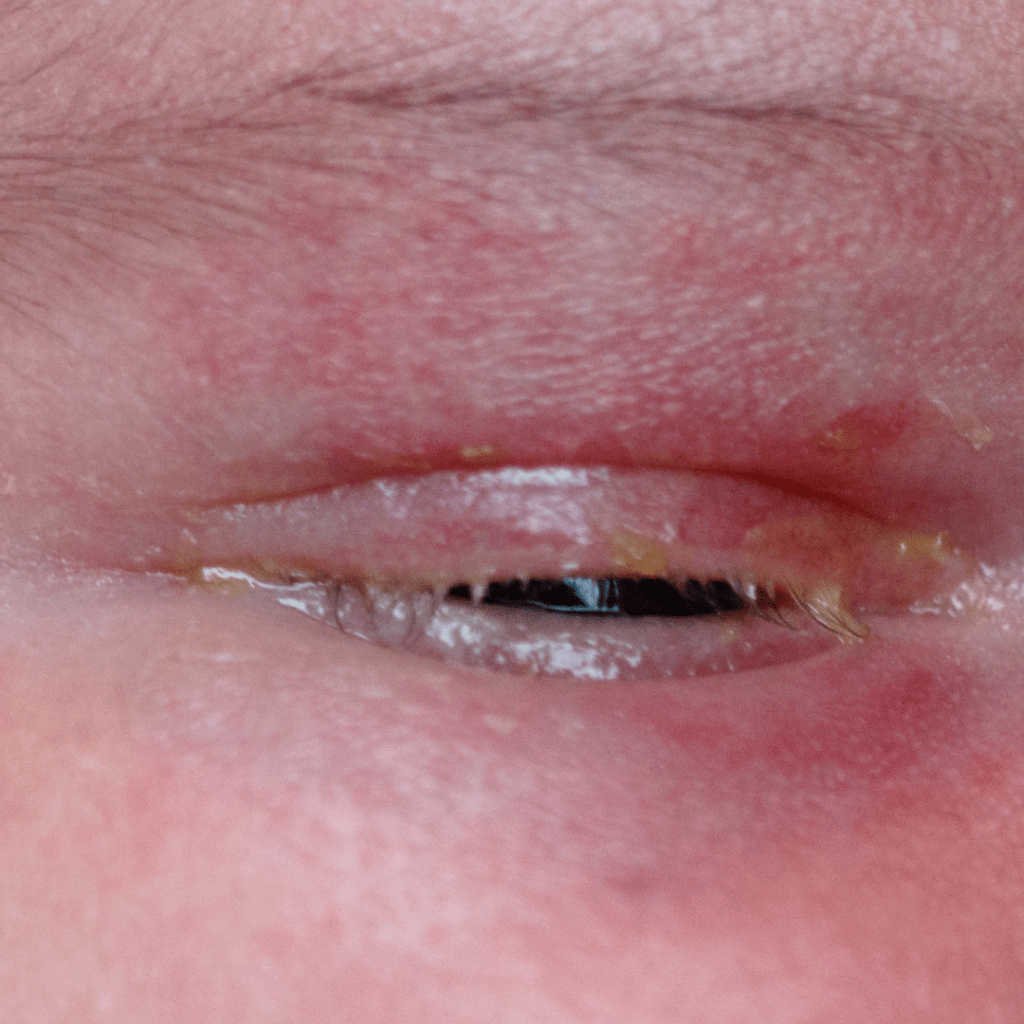
- Bacterial infections are usually unilateral and occasionally bilateral.
- Redness in eye
- Conjunctival injection
- Eye discharge is purulent and is white, green, or yellow.
- In the morning, eyelashes are matted.
- In serious cases, corneal involvement can lead to bacterial keratitis, which causes blurred vision and photophobia. This mostly happens to people who wear contacts or have chlamydial or gonorrheal eye infections.
ALLERGIC CONJUNCTIVITIS

- Always bilateral
- Additional systemic signs and symptoms, such as runny nose and sneezing
- Redness in eyes
- Conjunctival injection
- Itching is the defining symptom
- Chemosis or conjunctival swelling
- Clear or watery discharge
- Burning eyes but no pain
5. The difference between the most common conjunctivitis:
| FEATURES | VIRAL | BACTERIAL | ALLERGIC |
| HALLMARK SYMPTOM | Watery discharge and foreign body sensation | Mucopurulent discharge | Itching |
| ASSOCIATED SYSTEMIC CONDITIONS | Upper respiratory tract infection (URTI), swollen lymphnodes in front of the ears | May have an ear infection at the same time | Allergic rhinitis (sneezing, runny nose), asthama, hay fever etc. |
| TRANSMISIBILITY | Very contagious through direct or indirect contact with the infected. | Contagious | Non contagious |
| BILATERALITY | Unilateral, can be bilateral | Unilateral, can be bilateral | Always bilateral |
| CAUSES | Adenovirus is common. Herpes simplex, Varicella zoster etc. | S. aureus, S, pneumoniae, H. influenza, C. trachomatis, N. gonorrhoeae, etc. | Allergens such as pollen, dust, certain medicines |
| DURATION | Self resolves within 2 weeks. May take longer | Self resolves within 1 week | Depends on the duration of exposure to the allergen |
| TREATMENT | Cold compresses and lubricating eye drops. Steroids in case of corneal involvement. | Antibiotic eye drops, lubricating eye drops. Steroids in case of corneal involvement. | Antihistamine, cold compresses and lubricating eye drops. |
6. Conjunctivitis in Newborns: Symptoms and Causes
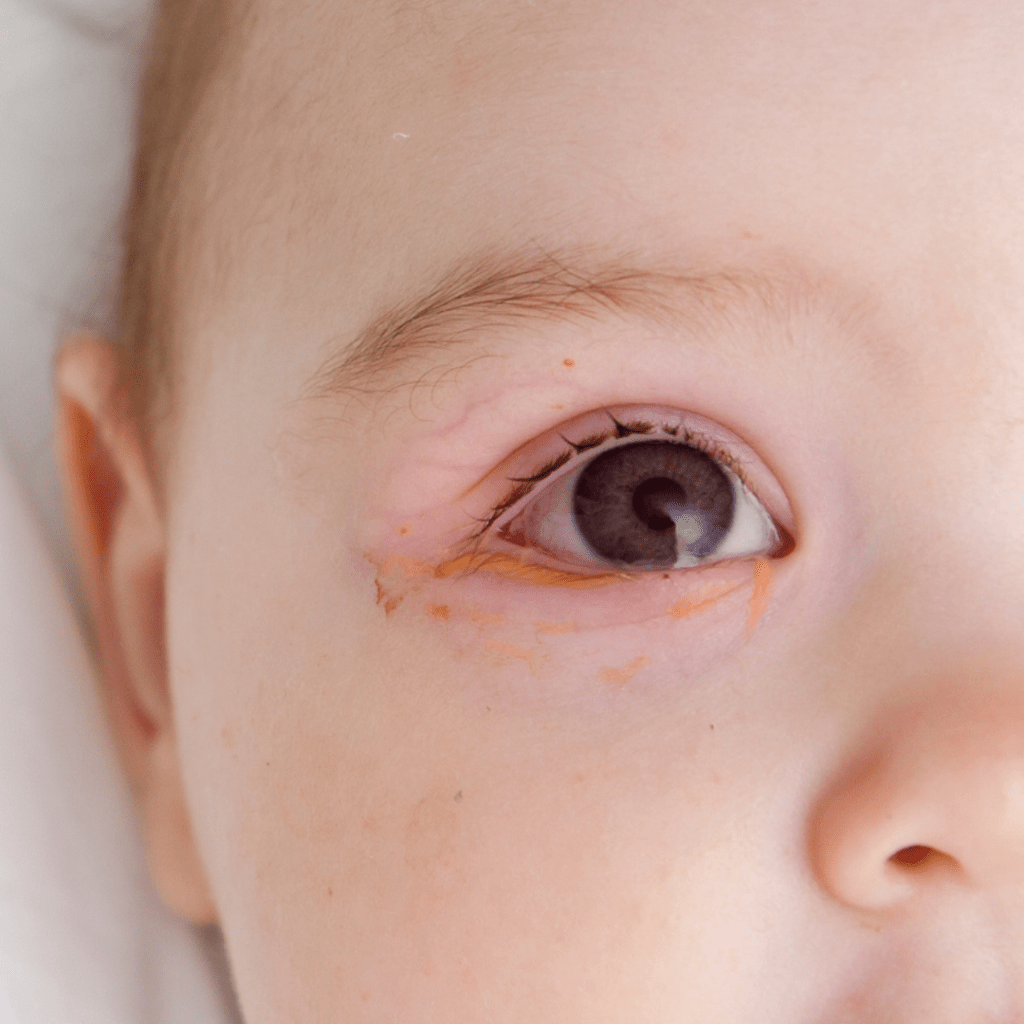
Within a few days to several weeks of birth, newborns with conjunctivitis can have eye discharge.
Redness and eyelid swelling are among its other symptoms.
Some of the most prevalent types of neonatal conjunctivitis include the following:
CHLAMYDIAL CONJUNCTIVITIS:
By the bacteria Chlamydia trachomatis. A woman who has untreated chlamydia runs the risk of infecting her unborn child when giving birth. Five to twelve days after birth, symptoms typically start to appear. Some newborns with chlamydial conjunctivitis may also have the infection in their lungs or nasopharynx. Antibiotics are used in treatment.
Gonococcal conjunctivitis
A mother who has untreated gonorrhoea runs the risk of passing the bacteria to her unborn child. This particular type of conjunctivitis typically develops within the first two to five days of life. It can also result in meningitis and bloodstream infections (bacteremia). Antibiotics are administered intravenously (IV) or intramuscularly (IM).
Other than Chlamydia trachomatis and Neisseria gonorrhoeae, neonatal conjunctivitis can be caused by bacteria that typically live in a woman’s vagina but are not sexually transmitted.
Also the same virus that causes genital and oral herpes can cause neonatal conjunctivitis and severe eye damage. During childbirth, the mother may transmit these viruses to the infant. However it is less frequent than gonorrhoea and chlamydia-related conjunctivitis. Red eyes and swollen, pus-filled eyelids are typical symptoms.
7. Conjunctivitis prevention is essential.
The CDC advises following these preventative measures to halt conjunctivitis’s spread:
- Wash your hands frequently for at least 20 seconds with soap and water. When applying eye drops or ointment to the infected eye, before and after cleaning, or after touching someone who has pink eye or the items they use, wash your hands thoroughly. Use an alcohol-based hand sanitizer with at least 60% alcohol if soap and water are not available.
- Avoid using unwashed hands to touch or rub your eyes. This could make the situation worse or spread to your other eye.
- Use different eye products on your infected and healthy eyes.
- Refrain from using contact lenses until your eye doctor gives the all-clear.
- Never exchange private items. Pillows, washcloths, towels, eye drops, makeup, makeup brushes, contact lenses and storage cases, and eyeglasses are examples of personal items.
- It is not advisable to use swimming pools if one has a pink eye.
